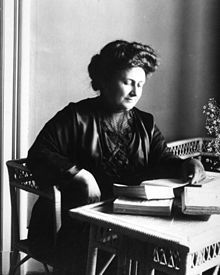http://animoto.com/play/tovwd50ohqQc7xMEaEh2QA#
According to Maslow, a child’s first need is physiological. Children need food, water, clean air, and a safe, warm place to sleep. How can parents and teachers meet these needs?
Parents:
- Make time to meet these needs in a “family” way – no matter how big or small your family may be.
- Set the breakfast table together the night before.
- Ask your child to help you plan a healthy menu while teaching him or her about nutrition.
- Pack a healthy lunch instead of buying one. Include an “I love you” note for your child to read when the lunchbox is opened.
- Find time for a home cooked evening meal and eat together around the table to discuss everyone’s day.
- Keep the air in your home clean. Avoid exposing your child to cigarette smoke, excessive dust, and toxic fumes.
- Provide a clean, restful slumber environment void of technological distractions.
- Teach your child to be responsible for his or her own physiological needs over time.
Teachers:
- Allow time for snack breaks each day. Children can’t learn when hungry. Ask parents to donate healthy snacks.
- Allow children to drink water as needed. If no classroom fountain is available, let children bring a water bottle from home.
- Create a warm and inviting classroom environment.
- Provide students the opportunity to design and keep up the classroom environment.
- Classrooms are dusty places. Try a Friday cleaning day and include students in the process. This makes for a great way for all to begin new Monday morning. If needed, bring in an air purifier. Be sure to clean the filter as required.
All of these suggestions are easy to carry out and need very little time. If you have other suggestions, feel free to comment and add to the list. Thanks!














